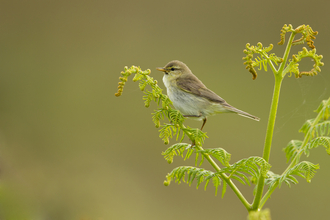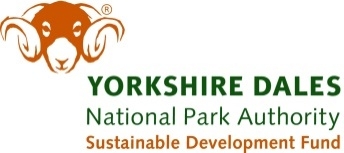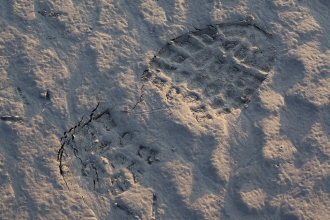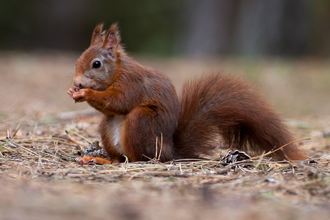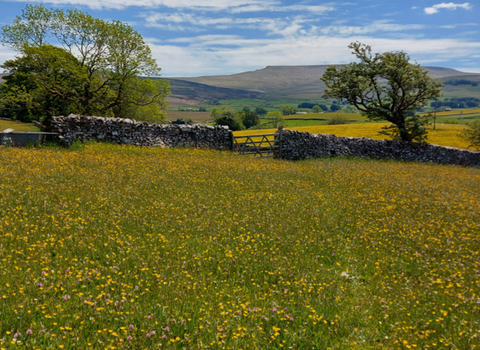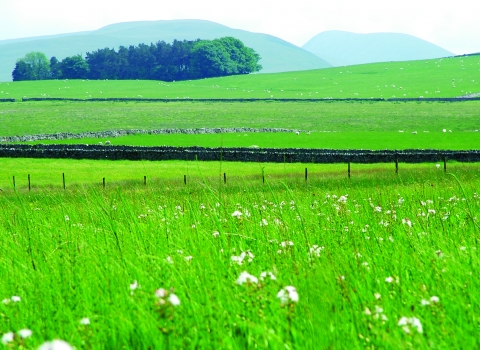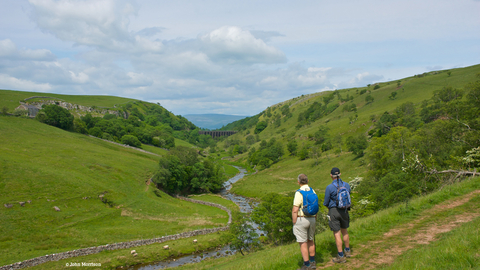
We want all visitors to enjoy our nature reserves, such as Smardale (above) but urge dog owners to keep their dogs under close control © John Morrison
Location
OS Map Reference
OS Map: 1:50,000. sheet no. 97Smardale car park entrance:
Grid reference: NY 742 083
what3words ///crispier.quench.snack
Newbiggin-on-Lune parking area:
Grid reference: NY 703 053
what3words ///snowy.textiles.umbrella
Getting to Smardale
By car:
To Smardale car park: from the A685 between Ravenstonedale and Kirkby Stephen, take the Smardale turning (unsigned) 200m west of the A683 junction. Cross over the railway after 1.6km/1 mile and turn left at the T-junction. Continue for 1km/0.6 miles then bear right over the disused railway and turn immediately right. The car park is 200m on your right.
To Newbiggin-on-Lune parking area: From the A685 at Newbiggin-on-Lune take the Kelleth/Great Asby turning then take the immediate left for Kelleth and park on the roadside. Walk back the way you came and join the road signposted Great Asby and turn left. Then walk uphill and turn right into the drive for Brownber House, past the Lodge. The nature reserve entrance is just along this drive on the right. The distance from the parking area to the entrance is 250m (Grid reference: NY 704 054).
For a visit to Waitby Greenriggs, there is limited roadside parking at grid reference: NY 756 085. what3words ///sheepish.narrow.tensions
By bicycle:
The Smardale entrance is 2km/1.2 miles, the Newbiggin entrance is 4.8km/3 miles and the Waitby Greenriggs entrance is 1.1km/0.7 miles from National Route 70 Walney to Wear (W2W).
By public transport:
There is a limited bus service from Kendal, Sedbergh and Brough to Kirkby Stephen.
The nearest railway station is at Kirkby Stephen West on the Settle to Carlisle line.
View on What3Words
Know before you go
Dogs
When to visit
Opening times
Open all year roundBest time to visit
April to AugustAbout the reserve
Smardale
Smardale Nature Reserve comprises three separate nature reserves that collectively occupy a 8km/5mile section of the disused railway line that once ran from Tebay to Darlington.
Stunning scenery provides a backdrop to this wonderfully varied nature reserve that stretches from Newbiggin-on-Lune almost as far as Kirkby Stephen.
The species-rich grassland attracts a variety of pollinating insects and the industrial archaeology of the railway line adds constant interest.
The steep wooded slopes of Smardale Gill and the enclosed cuttings along the Waitby Link and Waitby Greenriggs contrast with the views of open rolling countryside experienced along the route.
Wildlife highlights
- Smardale Gill is one of the only two sites in England that’s home to the Scotch argus butterfly. The tiny northern brown argus can also be seen here
- Discover a range of unusual plants: bloody crane’s-bill, rock-rose, horseshoe vetch, frog, fragrant and greater butterfly orchid can all be seen in the grassland
- Redstart and pied flycatcher can be seen in summer, whilst green woodpecker, treecreeper, raven and sparrowhawk are resident year round
- In spring - bluebells, primrose and early purple orchid.
- In summer - orchids, bird's eye primrose, melancholy thistle, bloody cranesbill and butterflies. In summer, bird species include redstart, wood warbler and pied flycatcher whilst buzzard, treecreeper and sparrowhawk may be seen all year round.
- In autumn - find fellwort, devil's bit scabious, scotch argus butterflies. Later in autumn and through the winter flocks of birds such as goldfinch, field fare and redwing feeding on the berries.
- At any time look out for red squirrels and roe deer or explore the archaeology and geology.
What makes Smardale Gill so special?
Woodland
Woodland has probably been present in Smardale Gill since the medieval period and as a result a great diversity of plant species can be found here.
In spring you will find bluebells, primroses, wild garlic and many fern species on the woodland floor. Many of the trees are multi stemmed, evidence that coppicing has occurred in the past.
Limestone grassland
The grassland, which has colonised the railway cuttings and embankments, is also very rich in species due to the underlying limestone rock. Unusual plants to look for here include bloody cranesbill, fragrant and butterfly orchid.
Smardale Gill is one of only two sites in England where the Scotch argus butterfly can be seen. Other butterflies include dark green fritillary, common blue, northern brown argus and dingy skipper.
Keeping it special
Non-native tree species, planted in the woodland in the past, are gradually being removed. The grassland areas are managed by late summer/autumn grazing and manual scrub control.
Waitby Link
Heading in the opposite direction from the car park will take you through what's known as the Waitby Link. As well as providing a continuous woodland corridor for wildlife, the Waitby Link is also a fascinating geological time tunnel.
When the railway was built, an impressive cutting was carved through the carboniferous limestone to provide a level track bed, which now provides a rare opportunity to see an assembly of rock types that depict a range of geological processes.
Waitby Link wildlife highlights
- Spot red squirrels feasting on hazelnuts or racing between the trees
- Fragments of species-rich grassland contain fly, common spotted and fragrant orchid; pepper saxifrage occurs near the entrance
- Look out for flocks of fieldfare in the autumn and winter
Waitby Greenriggs
Beyond the Waitby Link lies Waitby Greenriggs. It occupies a short section of the old Stainmore Railway and the Eden Valley branch line where these two lines converge. Waitby Greenriggs is an absolute treasure, where the cuttings and embankments have developed incredibly diverse grassland flora.
Waitby Greenriggs wildlife highlights
- The display starts in May as bird's-eye primrose comes into bloom.
- Mid to late June is when the show is at its best, as this is when the majority of orchids come into flower. Globeflower, salad burnet, meadow crane's-bill and oxeye daisy can also be seen at this time.
- Twenty species of butterfly can be seen amongst the flowers during the summer.
- In July, look out for the beautiful marsh helleborine, yellow rattle and harebell.
- In August, devil's-bit scabious and the diminutive autumn gentian appear.
Recent history
The Trust first purchased land at Smardale Gill in 1978 and there have been a number of subsequent acquisitions. Waitby Greenriggs was purchased from British Rail in 1987; the Smardale railway line was purchased from British Rail in 1991; and the Waitby Link was purchased in 2017. Smardale Gill Viaduct is owned by the Northern Viaduct Trust.
Species
- Redstart
- Pied flycatcher
- Common blue
- Common fragrant-orchid
- Bloody crane's-bill
- Common rock-rose
- Red squirrel
- Common lizard
- Sparrowhawk
- Buzzard
- Fieldfare
- Autumn gentian
- Marsh helleborine
- Brown argus
- Horseshoe vetch
- Greater butterfly-orchid
- Green woodpecker
- Treecreeper
- Raven
- Sparrowhawk
- Bluebell
- Primrose
- Early purple orchid
- Melancholy thistle
- Wood warbler
- Devil's-bit scabious
- Goldfinch
- Redwing
- Roe deer
- Wild garlic
- Dark green fritillary
- Dingy skipper
- Pepper saxifrage
- Grass-of-parnassus
- Brown hare
- Tawny owl
- Salad burnet
- Meadow crane's-bill
- Oxeye daisy
- Yellow-rattle
- Harebell
- Common restharrow
- Common spotted-orchid
Contact us
Environmental designation
Came upon this by chance. Car park & facilities excellent. Lovely walk to viaduct and back, particularly enjoyed watching the many species of birds on the feeders. Thanks to the warden for the warm welcome and information.
Take a virtual tour of Smardale Nature Reserve
Did you know?
Over 200 varieties of flowers have been recorded in Waitby Greenriggs alone!
Debbie North walks along our Smardale Nature Reserve (https://youtu.be/gt8xMveOd_I)
This film was made by Westmorland Dales Landscape Partnership scheme. Thanks to the National Lottery Heritage Fund.
Join Debbie North on a walk along our Smardale Nature Reserve.
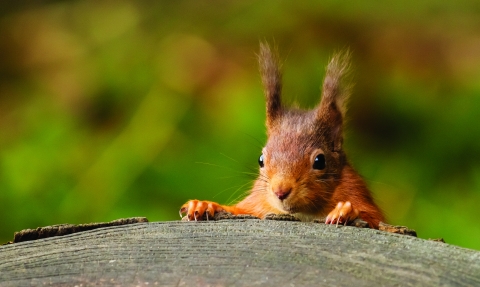
Red squirrel © Andy Naylor
Donate to help Smardale Nature Reserve
Upcoming events at Smardale Nature Reserve
If there are any upcoming events at Smardale Nature Reserve we'll show them to you below.
Further information about Smardale Nature Reserve
Thank you to our funders.
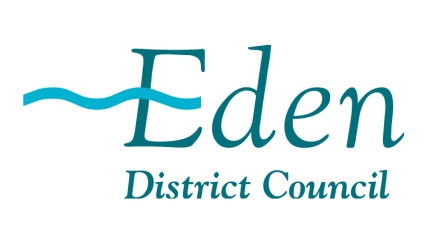
Financial support by Eden District Council.
The Yorkshire Dales National Park Authority’s Sustainable Development Fund is open to individuals, businesses, community groups or voluntary sector bodies. It provides an accessible source of money for a range of projects that result in positive benefits for the National Park’s environment, economy and communities, while enhancing and conserving local culture, wildlife and landscape.


Support our conservation work on this nature reserve,
and protect Cumbria's wildlife & wild places.










